Table of Contents
Introduction to Peppercorn
Peppercorn (Piper nigrum) is the dried fruit of the pepper plant, one of the most widely used spices globally. Despite its name, it is not a true pepper but a berry-like fruit that develops its characteristic heat when dried. Native to India, it has been cultivated worldwide for centuries and remains a staple in kitchens across cultures for its sharp, pungent flavor and versatility.
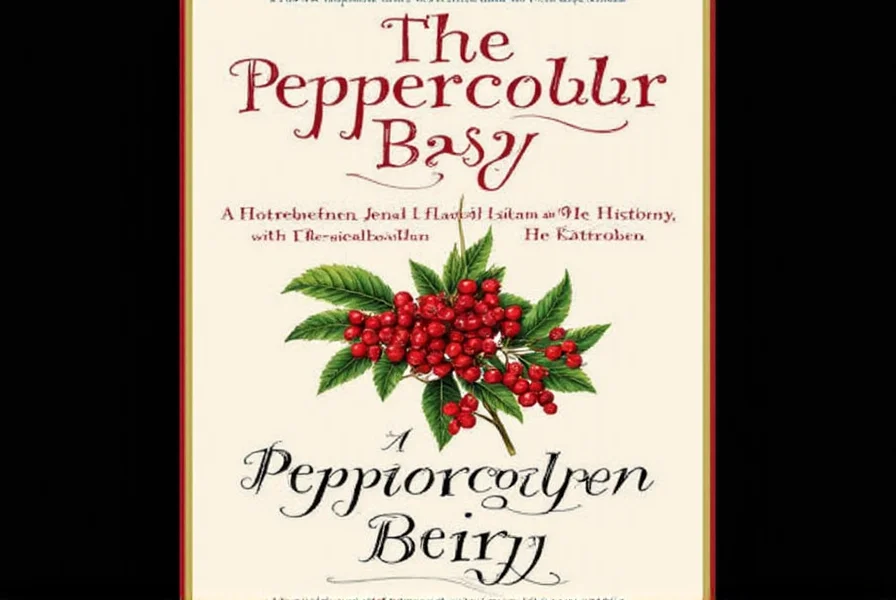
Types of Peppercorn
There are several varieties of peppercorn, each with distinct characteristics. Here’s a quick breakdown:
| Type | Description | Flavor Profile |
|---|---|---|
| Black Peppercorns | Dried unripe berries | Sharp, pungent, and slightly spicy |
| White Peppercorns | Removed from the outer layer, dried | Milder, earthier, and more complex |
| Green Peppercorns | Unripe berries, often preserved in brine or salt | Fresher, grassier, and less intense |
| Red Peppercorns | Ripe berries, sometimes used in Indian and Thai cuisine | More fruity and sweet, with a hint of heat |
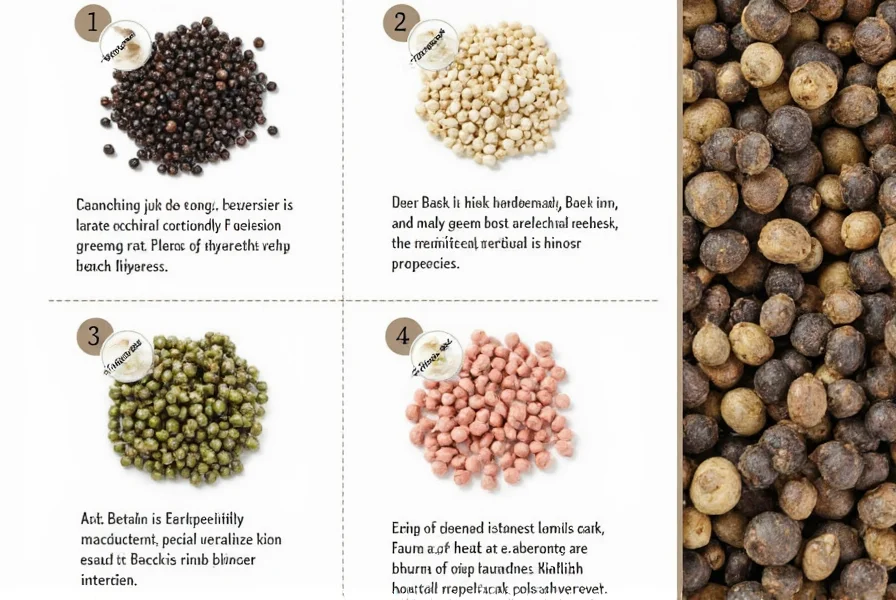
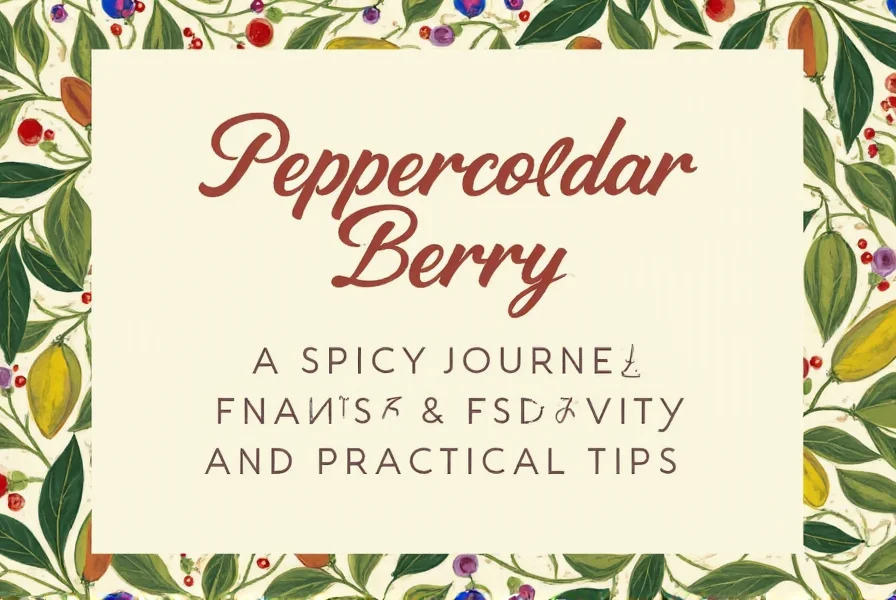
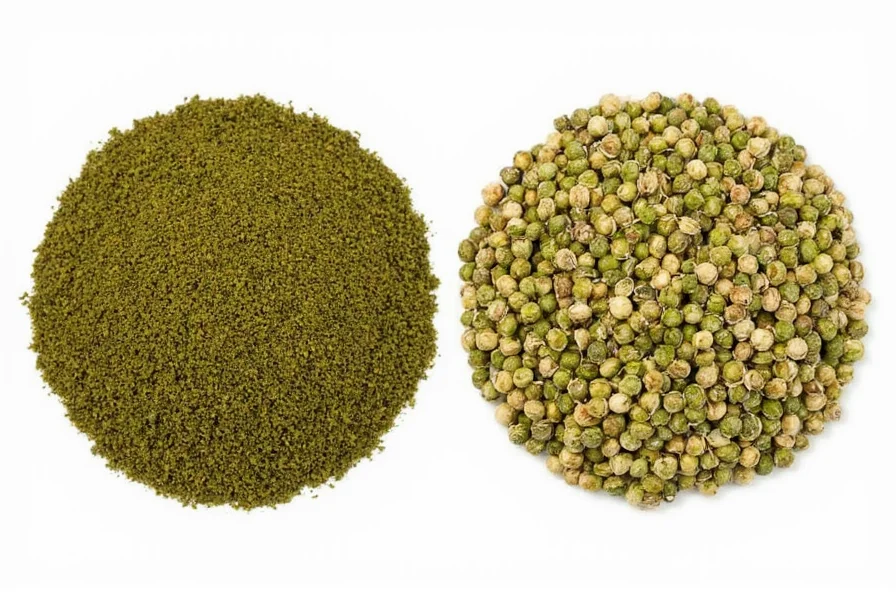
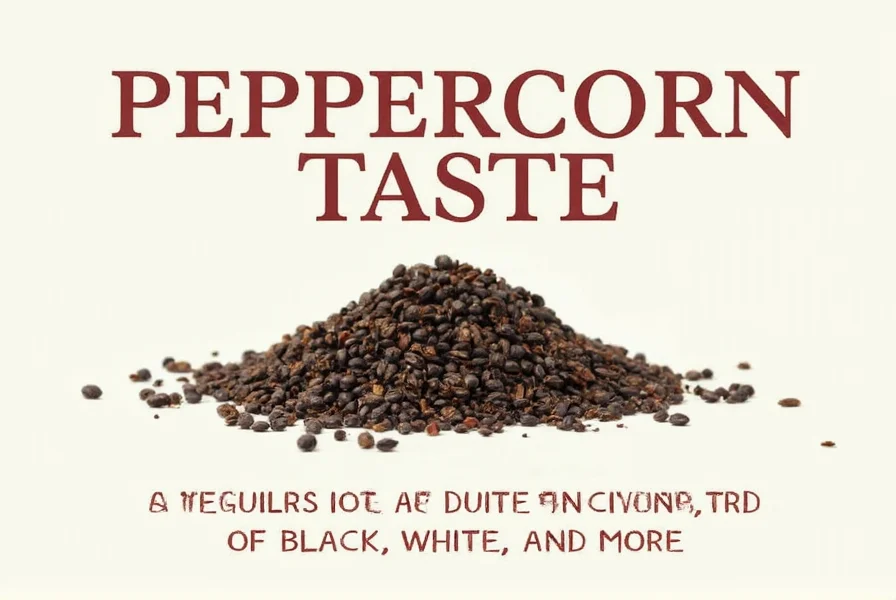
A Brief History of Peppercorn
The history of peppercorn is as rich as its flavor. It was once so valuable that it was used as currency, and entire trade routes were built around its demand. In ancient Rome, black pepper was considered a luxury item, and in medieval Europe, it was a symbol of wealth and power.
Peppercorn was first cultivated in the Malabar Coast of India, where it still grows today. As trade expanded, it made its way to the Middle East, Europe, and eventually the Americas. Today, countries like Vietnam, Indonesia, and India are among the largest producers.
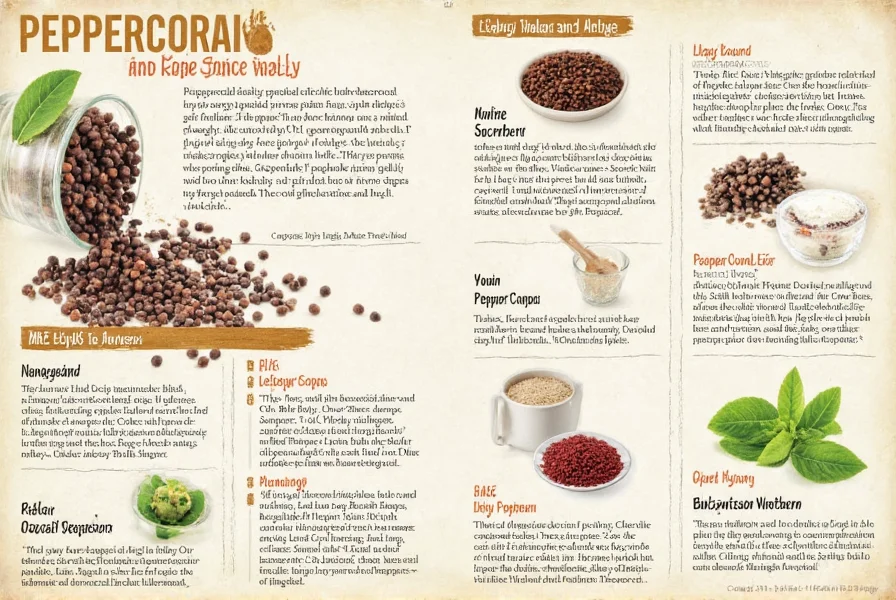
Understanding the Flavor Profile
Peppercorn’s versatility stems from its incredible flavor profile. It can add depth, heat, and complexity to any dish. Key characteristics include:
- Heat: Mild to moderate heat that lingers on the tongue.
- Aroma: Strong, aromatic scent that enhances the dining experience.
- Flavor: Varies by type—sharp, earthy, fresh, or slightly sweet.
It pairs well with many ingredients, from meats and vegetables to sauces and desserts, adding a subtle yet impactful punch of flavor.
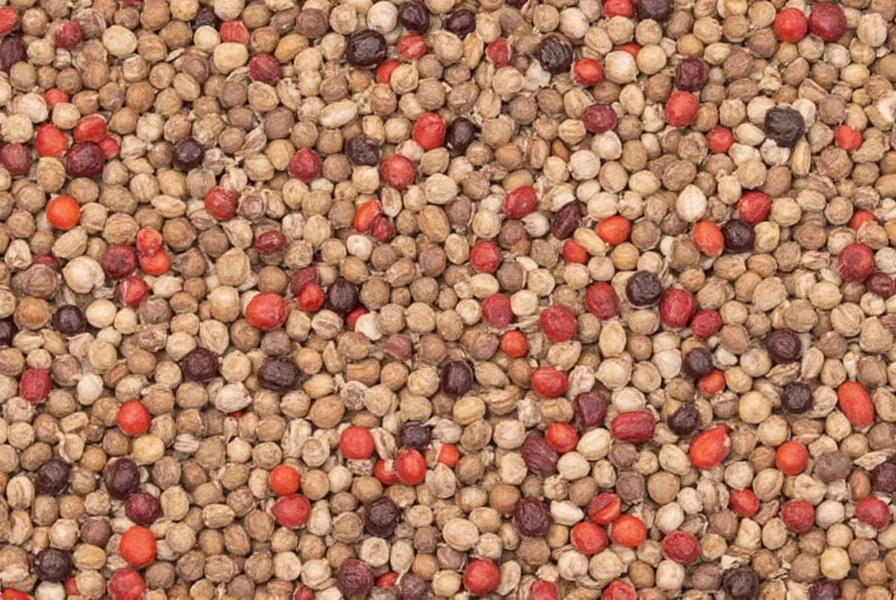
5 Must-Know Tips for Using Peppercorn
Here are five practical tips to maximize peppercorn’s potential:
- Grind Fresh: Always grind whole peppercorns just before use to preserve aroma and potency. A mortar and pestle or spice grinder works best.
- Use in Small Amounts: A little goes a long way. Start with a pinch and adjust to taste.
- Pair with Fatty Foods: Complements rich dishes like steak, pork, and cheese by cutting through richness.
- Experiment with Types: Try black, white, green, and red peppercorns for distinct flavors.
- Add Near the End: Preserve flavor by adding peppercorn near the end of cooking to prevent potency loss.
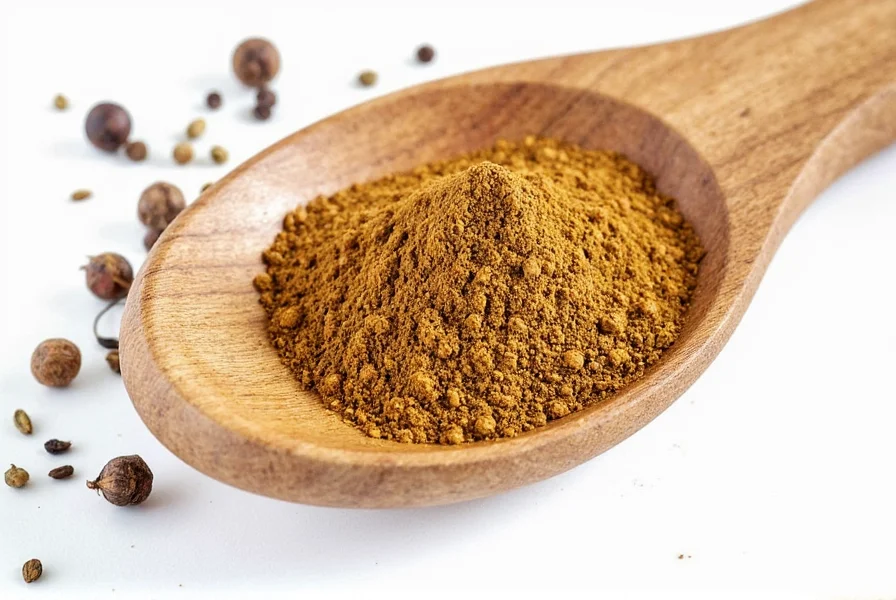
The Ultimate Buying Guide for Peppercorn
Choosing high-quality peppercorn ensures optimal flavor and value. Here’s a detailed guide:
Key Features to Look For
- Freshness: Look for harvest dates; fresh peppercorn has stronger aroma and flavor.
- Sourcing: Opt for organic, non-GMO, and ethically sourced options from Vietnam, India, or Indonesia.
- Storage: Choose airtight containers or vacuum-sealed bags to maintain freshness.
Top Products & Their Benefits
1. Black Peppercorns (Whole)
Features: Unprocessed, whole berries with bold, sharp flavor.
Advantages: Versatile, easy to grind, ideal for home cooks seeking authenticity.
Use Cases: Seasoning meat, soups, stews, and sauces.
Target Audience: Home chefs and spice enthusiasts.
Suitable Occasions: Everyday meals, holiday feasts, gourmet cooking.
2. White Peppercorns (Ground)
Features: Finely ground with milder, earthier notes.
Advantages: Adds depth without overwhelming heat; perfect for creamy sauces and delicate dishes.
Use Cases: Seafood, chicken, and white sauces.
Target Audience: Professional chefs and refined flavor lovers.
Suitable Occasions: Fine dining, special occasions, light meals.
3. Green Peppercorns (Preserved)
Features: Unripe berries preserved in brine or salt.
Advantages: Fresh, grassy flavor ideal for Asian cuisine.
Use Cases: Vietnamese and Thai curries and marinades.
Target Audience: Culinary students and adventurous cooks.
Suitable Occasions: International cuisine, fusion cooking, experimental dishes.
4. Red Peppercorns (Dried)
Features: Ripe berries with sweet, fruity undertones.
Advantages: Unique sweetness and warmth for spice blends.
Use Cases: Indian and South Asian chutneys and spice mixes.
Target Audience: Global cuisine enthusiasts and spice lovers.
Suitable Occasions: Cultural celebrations, special meals, creative cooking.
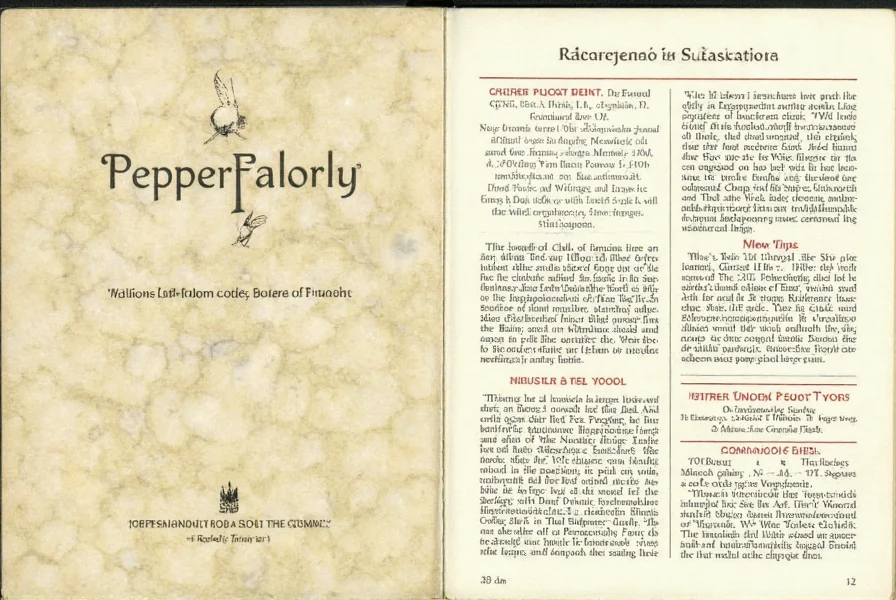
Where to Buy
Find peppercorn at local grocery stores, specialty spice shops, or online retailers like Amazon, Penzeys, and Spice Mountain. Always check reviews for quality assurance.
Peppercorn is more than a spice—it’s a gateway to culinary creativity. Whether you’re a seasoned chef or curious home cook, exploring its varieties elevates your dishes.
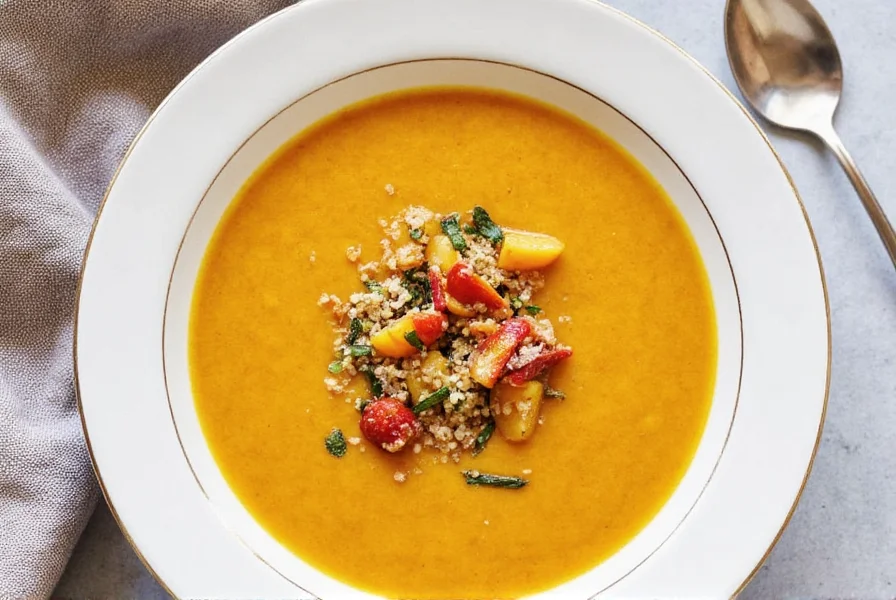
Frequently Asked Questions
What exactly is peppercorn?
Peppercorn is the dried fruit of the Piper nigrum plant, native to India. It is not a true pepper but a berry-like fruit that develops heat when dried. As it ripens, it changes color, creating varieties like black (unripe, dried), white (ripe, outer layer removed), green (unripe, preserved), and red (fully ripe) peppercorn.
What’s the difference between black and white peppercorn?
Black peppercorn comes from unripe green berries dried in the sun, resulting in wrinkled appearance and bold, pungent flavor. White peppercorn is made from ripe red berries with the outer skin removed, yielding milder, earthier notes. White pepper is ideal for light-colored dishes where black specks would be visible, while black pepper offers more complex heat.
How should I store peppercorn for maximum freshness?
Store whole peppercorn in an airtight container away from light, heat, and moisture. Glass jars with tight seals work best. Properly stored, they retain peak flavor for 1-2 years. Avoid grinding in bulk—grind only what you’ll use within weeks, as ground pepper loses potency quickly. Never store near stovetops or windows with temperature fluctuations.
Can I substitute different peppercorn types in recipes?
Yes, but consider flavor differences. Black pepper provides strongest heat for savory dishes; white pepper offers subtler warmth for creamy sauces; green peppercorn delivers fresh, herbal notes for Asian cuisine; red peppercorn adds fruity sweetness to chutneys. When substituting, start with half the recommended amount and adjust to taste, as heat levels vary significantly.
Why should I buy whole peppercorn instead of pre-ground?
Whole peppercorn preserves volatile oils that create signature aroma and complex flavor. Once ground, these compounds degrade rapidly—within 15 minutes, you lose 30% of essential oils. Grinding fresh ensures maximum pungency and freshness. Invest in a quality pepper mill for consistent results and avoid cheap plastic grinders that impart off-flavors.
Are there any health benefits to using peppercorn?
According to the National Institutes of Health (NIH), peppercorn contains piperine, which enhances nutrient absorption (particularly curcumin in turmeric) by up to 2000%. It also possesses antioxidant and anti-inflammatory properties that may support digestion and metabolic function. However, moderation is key—excessive consumption can irritate the digestive tract. For therapeutic benefits, pair peppercorn with nutrient-dense foods rather than consuming it in isolation.
Conclusion
In conclusion, peppercorn is a remarkable spice with a storied past. Its versatility, flavor, and cultural significance make it essential in any kitchen. Whether grinding it fresh, pairing it with rich foods, or experimenting with varieties, there’s always something new to discover.
By understanding peppercorn types, mastering its use, and selecting quality products, you unlock its full potential. Spice up your life with peppercorn!











 浙公网安备
33010002000092号
浙公网安备
33010002000092号 浙B2-20120091-4
浙B2-20120091-4